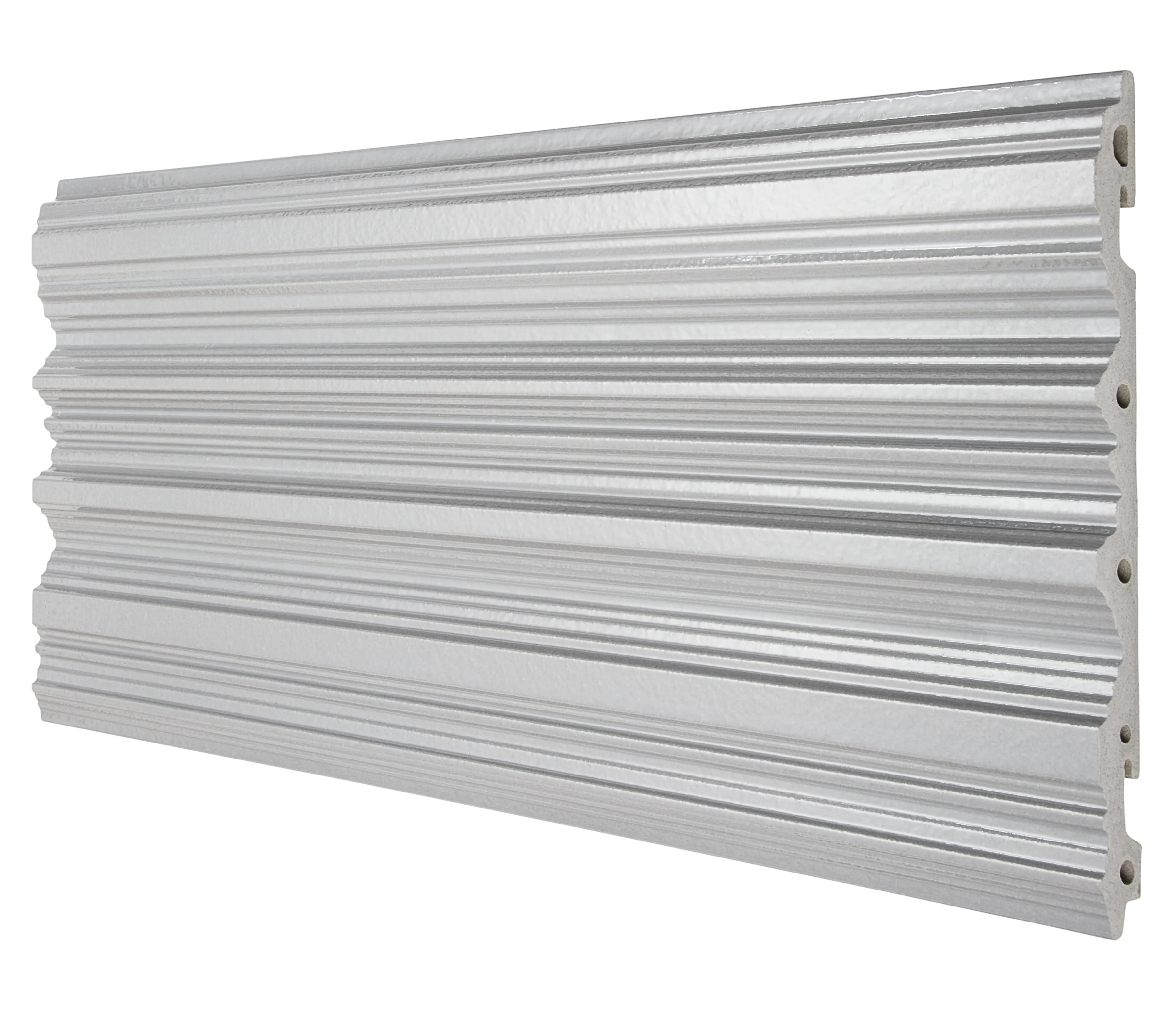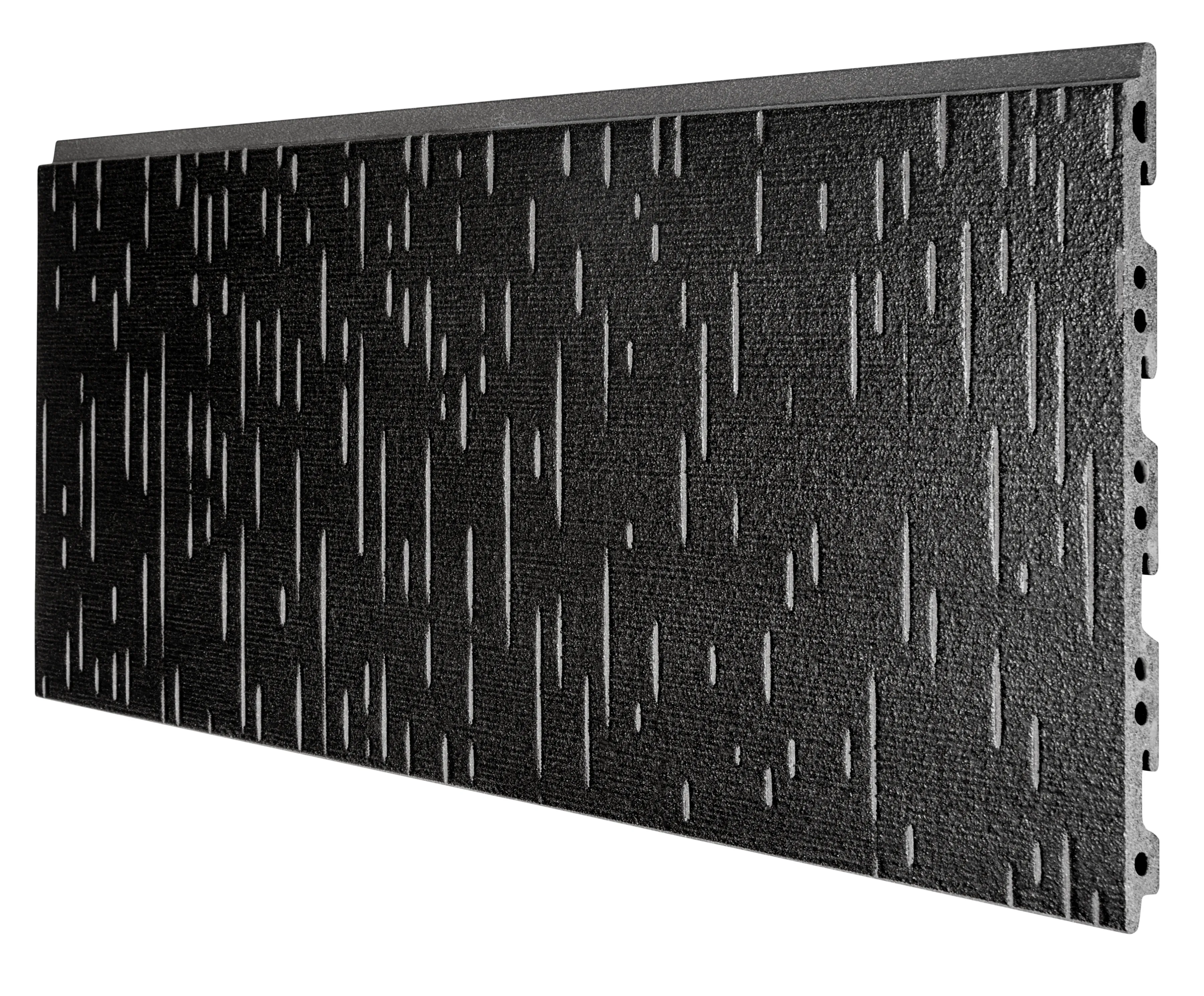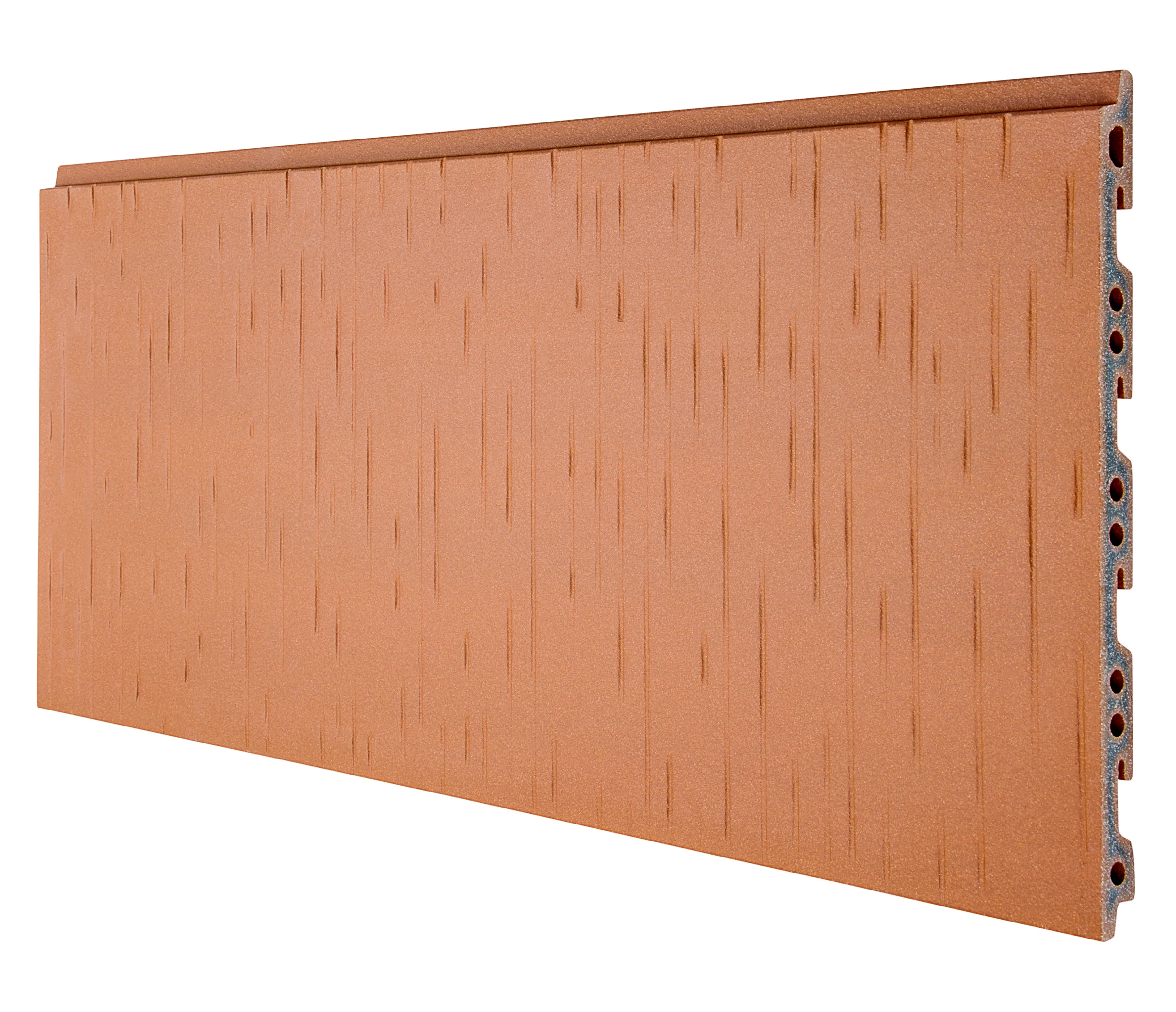Optics
Popular formats
Create account
Log in directly next time and enjoy the benefits:
- View all your orders in detail.
- Access your favourites and your sample basket on all devices.
With us you get tailor made content. Please make a selection:
With us you get tailor made content. Please make a selection:
Nice of you to visit us! We have redirected you to our section for "%current_targetgroup%", as the content you are looking for can be found there.
You can change your settings again at any time.
You can change your settings again at any time.
Nice of you to visit us! We have redirected you to our section for "%current_targetgroup%", as the content you are looking for can be found there.
You can change your settings again at any time.
You can change your settings again at any time.












